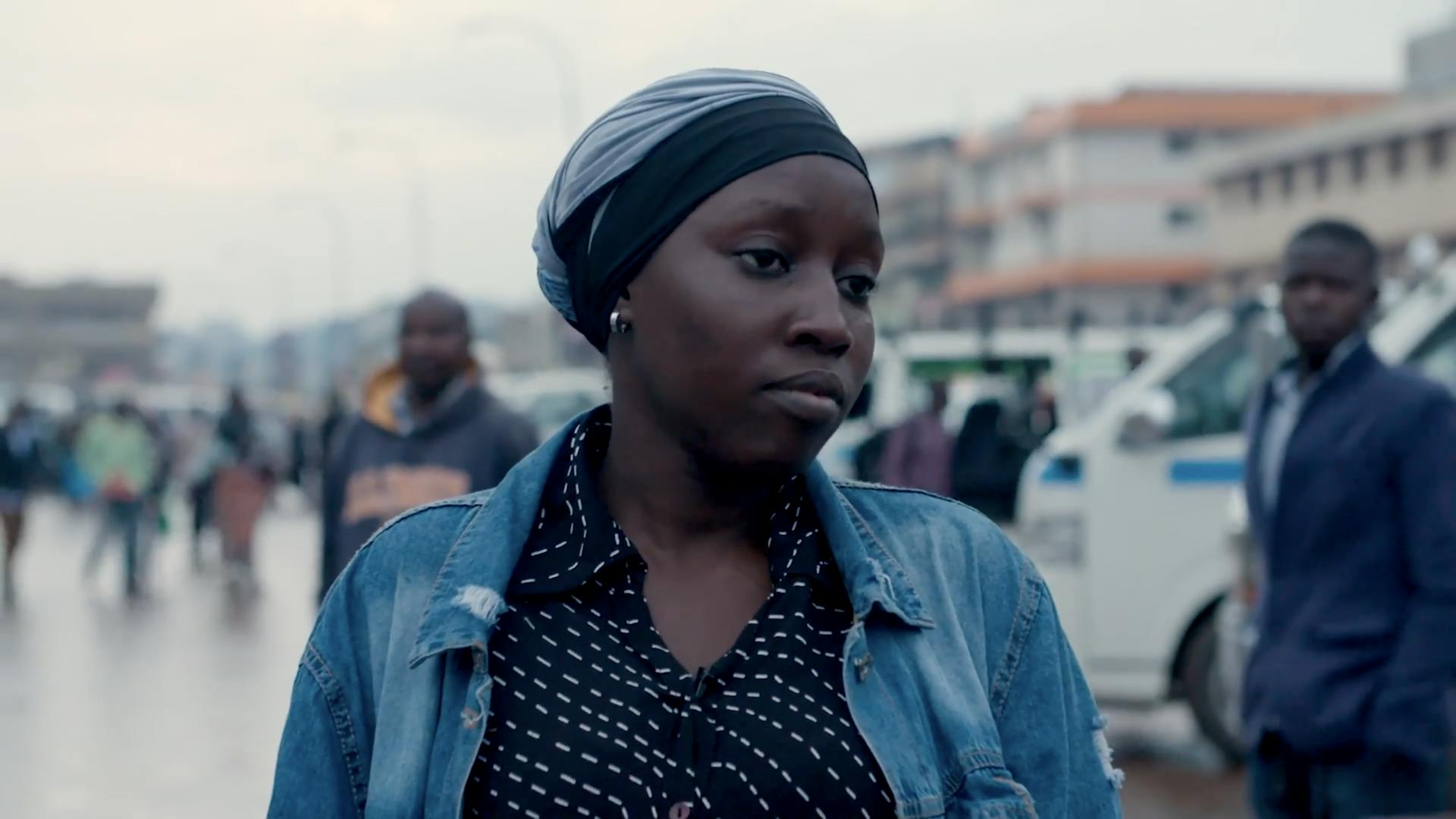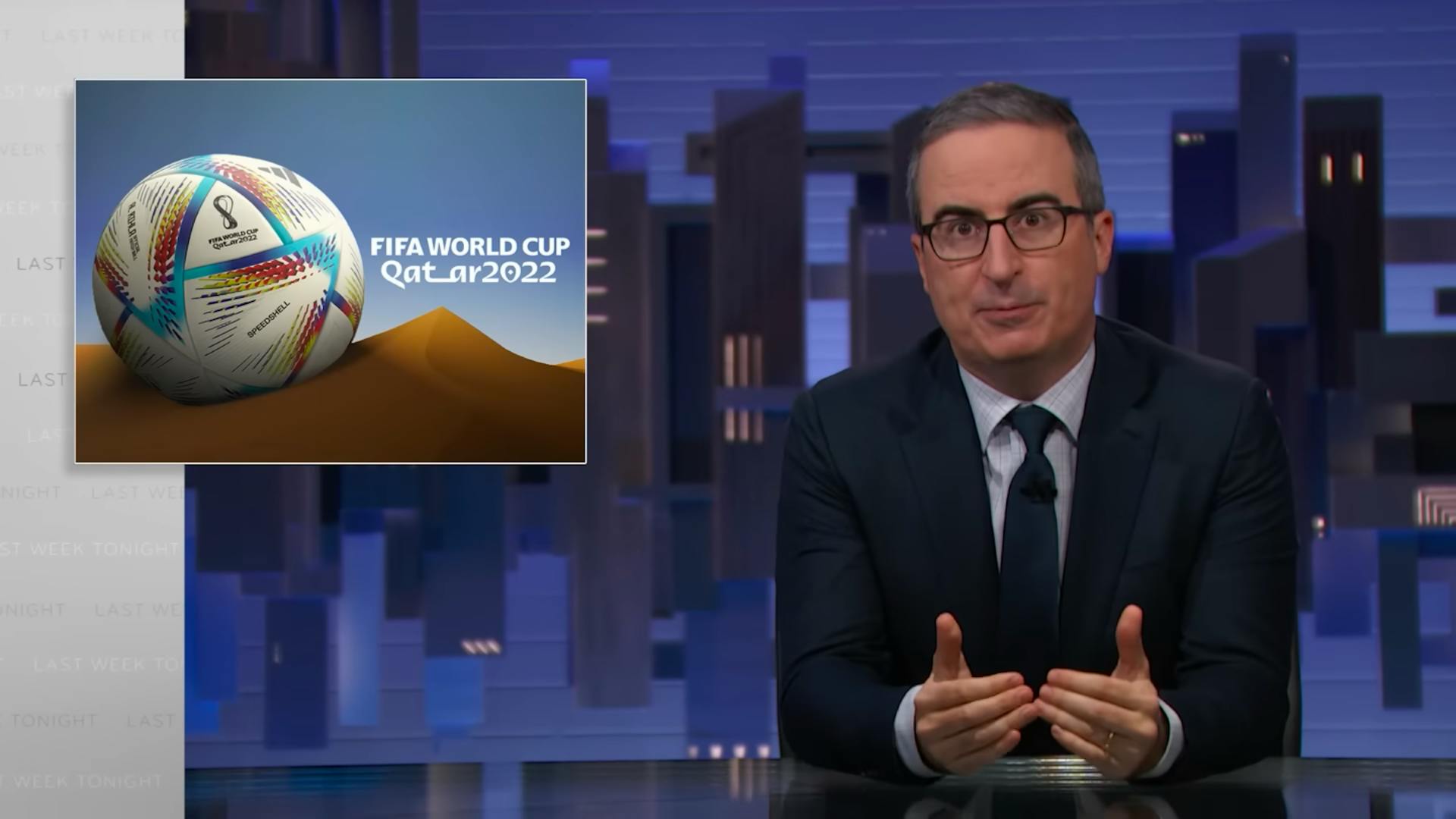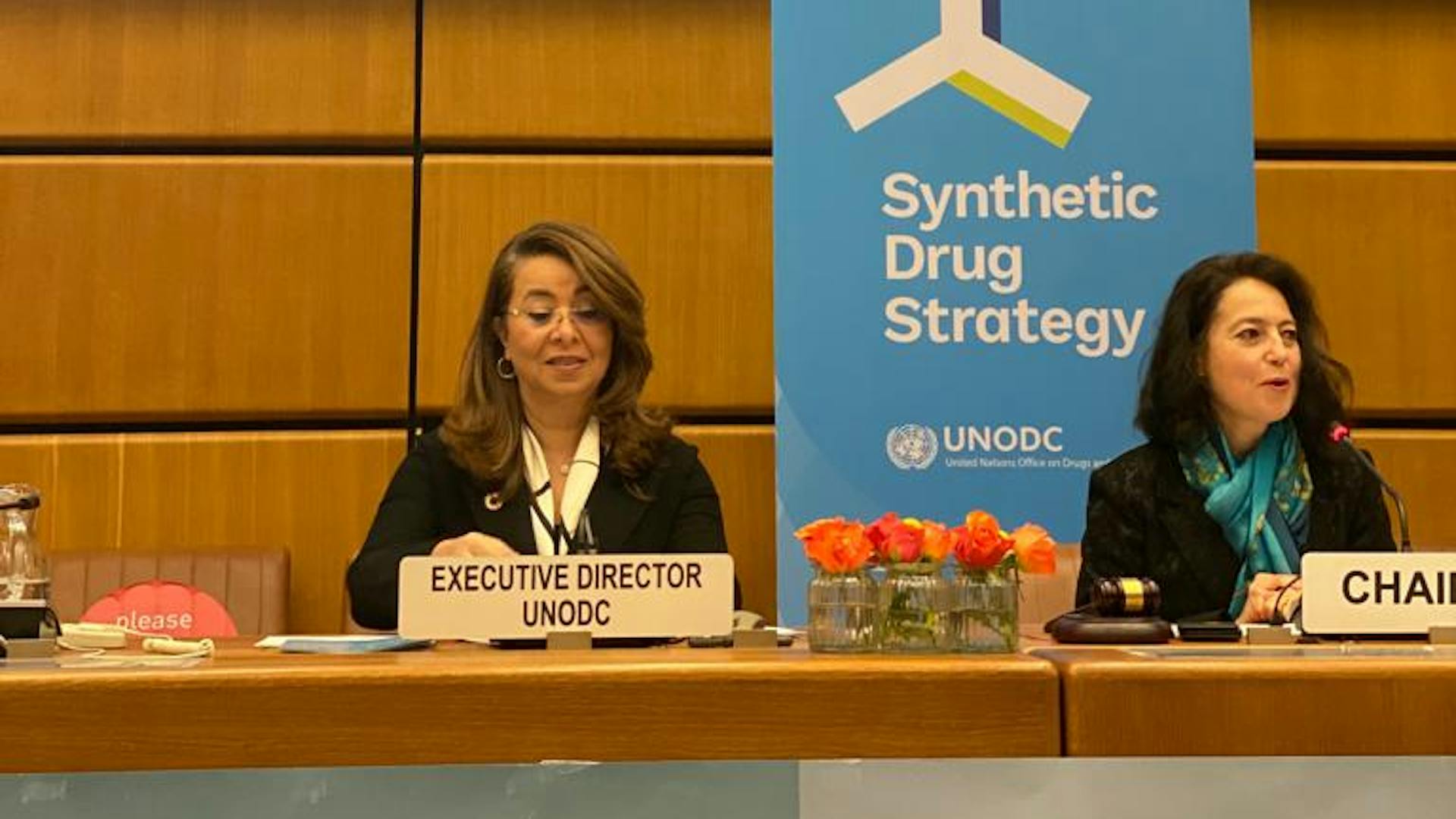The Three Audiences Every Campaign Needs to Reach
August 2025
A tried-and-test storytelling tool that has helped move audiences — from the frontlines to the policy floor.
Midway through designing a strategy for a global transport workers’ campaign, my director at the time asked a question I now come back to constantly: “Who exactly are we really trying to reach and what do we want them to do with this?”
It made me realise I’d been trying to say everything to everyone, everywhere, when what I really needed was to start from the end and work backwards.
We'd been talking about raising awareness among "decision-makers" and building support with "the general public." But as I started mapping out our actual strategy, I realised these categories were far too vague to lead to meaningful action.
That question led me to develop a framework I now use in almost every impact campaign I work on. I call it the AAA Framework: Affected → Allies → Actors of Change.
And it works!
In that transport campaign, this clarity helped us create 40+ films that were viewed by over 2 million people worldwide. More importantly, the content helped pass motions at international congresses and supported policy changes at the highest levels. The framework worked because each piece had a clear purpose and audience. You can find out more about this work here.
The theory is simple: The lived experience of affected communities is the catalyst → Allies help carry that urgency forward → Actors of change are compelled to act.

Affected: The voices at the centre.
These are the people most directly impacted by the issue at hand. Their stories are grounded in lived experience. They speak with moral authority and their voices anchor issues that can at times feel diffuse and distant into a shared human reality.
In the transport campaign, our Affected audience was workers facing unsafe conditions in the tug and towage sector. Their testimonies carried weight that no report or policy paper could match. Most importantly, they're so much more than simply sources: they're leaders in shaping how their stories are told and their voices are the reason we tell these stories at all.
How storytelling serves them:
- It elevates their testimony to audiences with influence
- It offers a way to process and reclaim experience: being heard can be a powerful antidote to trauma
- It preserves their stories as part of the record, making it harder for institutions to ignore or erase them

Allies: The networks already doing the work and/or likely to be interested in the issue.
These are the organisations, movements, and coalitions working to shift policy, build public support, or push for change. They have expertise, infrastructure, and access and they're often looking for the right tools to amplify their efforts.
In our transport workers’ campaign strategy, this included union affiliates across 150 countries, global and local labour rights organisations, and safety advocacy groups. They needed content that could work across different cultures, languages, and political contexts.
How storytelling serves them:
- It offers compelling assets and materials to support new or ongoing campaigns
- It provides a concrete narrative to ground technical or policy work
- It creates a shared focal point that helps unify and energise networks

Actors of Change: The people with decision-making power
Whether they're lawmakers, government representatives, institutional leaders, or funders, these are the individuals in a position to make meaningful decisions.
For the transport campaign, this meant targeting officials at the UN, International Labour Organization, and World Economic Forum, as well as corporate executives and shipping industry leaders.
How storytelling serves them:
- It gives emotional context to the evidence they’re presented with
- It makes complex issues more relatable, actionable, and easier to champion internally
- It creates political space and legitimacy to take bold, at times risky, decisions

Why map this out early?
Identifying these audiences and their specific needs early on transforms your entire strategy, from how a story is structured, to what formats you produce, to how and where it's released.
Without this mapping, you end up with the classic problem: trying to speak to everyone, everywhere and all at once, which usually means reaching no one effectively. I've seen brilliant campaigns fall flat because they assumed one piece of content could move a policy-maker, energise grassroots activists, and educate the general public simultaneously.
When you map your AAA audiences, you create a pathway where each group plays a clear role in a wider ecosystem of change. Your Affected voices provide the moral foundation. Your Allies amplify and distribute. Your Actors implement the solutions.
The next time you're planning a campaign, try this: Write down one specific person or group from each category. What would success look like for each of them? What do they need to hear, see, or feel to take action? Start there.
We'll be sharing more about how to apply the AAA Framework along with other storytelling tools as part of a new course we're launching this autumn at Fat Rat Films. If you're working on a campaign or communications strategy and want to build in impact from the start, drop us a line.
